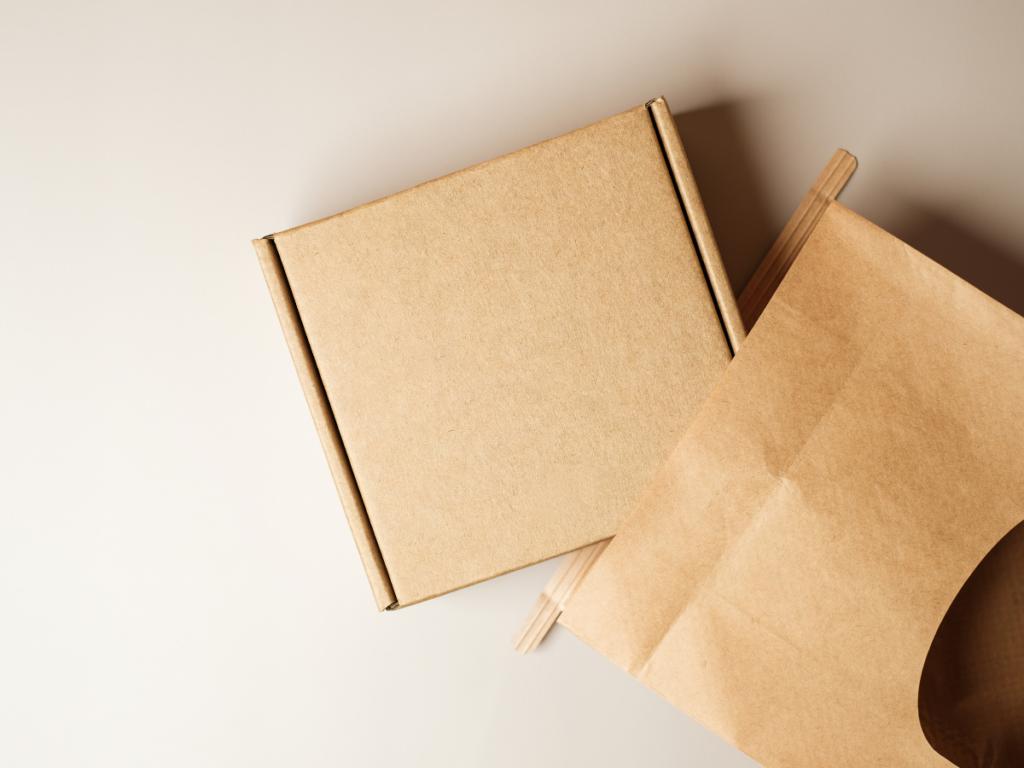Is Your Company’s Packaging Truly Eco-Friendly?

In today’s environmentally conscious world, every little bit matters. People understand that what they do daily affects the world around them. They are more mindful of using natural resources and prefer supporting products with minimal environmental effects.
Buyers are more demanding regarding the brands and companies they support. Businesses that wish to stay relevant and attract consumers with an eye for sustainability should become faithful stewards of nature, starting with how they package their products. Here are some ways you can ensure your packaging is eco-friendly and sustainable.
Consider the Packaging Material You’re Using

Cardboard, plastic, glass and metal are some of the most popular materials used in product packaging. They protect and preserve the quality of goods from the production line until they reach the end user. These packaging materials should be durable and cost-effective to withstand handling, storage and delivery.
While they are proven effective for packaging products, their manufacturing process can pose substantial environmental risks. Comparing the Life Cycle Analysis of plastic and paper will almost always yield results where plastic wins since it uses fewer materials to perform the same essential functions.
However, ordinary plastic can take hundreds of years to degrade, and when it does, it leeches harmful microplastics and other chemicals into the soil or water. Specific packaging like plastic rings commonly used in beverages also threatens wildlife with their toxicity or through strangling and entangling them.
Make the Switch to Sustainable Materials if You Can
Listening to consumers and environmental advocacies can help companies make better decisions regarding their packaging choices. Studies found that 42% of consumers consider sustainable packaging significant in their purchase habits, and most buyers are willing to pay a premium for eco-friendly alternatives.
The average cost of packaging is $1 for every $11 spent — around 9% of the product cost in many cases. The packaging dilemma is as economic as it is environmental since most people throw away the packaging once they receive the product.
Companies should capitalize on using new packaging materials like plant-based biomaterials and mushroom-based packaging for various commercial purposes. They should also look into recycled cardboard, paper and plastics as alternatives to using virgin ingredients since they have a lower environmental impact and reduce the need to generate new materials that produce additional greenhouse gases.
Partner With Eco-Certified Businesses

Are you looking to get your consumers’ green seal of approval? The first step to becoming eco-friendly is learning more about what makes products, services and business processes green and sustainable. Research the standards and certifications that ensure businesses hit their sustainability goals.
Understanding where companies source materials and how they process and manufacture their products is an excellent way to discern if they fit your business. Partnering with green and environmentally responsible companies will help you improve your products’ quality and deliver on your promise to become eco-friendly.
However, many companies use the sustainability movement to deceive consumers and improve their bottom line. Greenwashing is a prevailing issue in the modern business world and should be avoided at all costs. By being sustainable and truthful to your customers, you’ll enjoy continued loyalty and patronage.
Being Sustainable and Eco-Friendly Is the Way
There’s more to being environmentally friendly than simply saying you love nature and jumping on the bandwagon. You must pay your dues and change your business for the better. Showing you genuinely care for nature proves you also care about your customers.
Author Bio
Ellie is a freelance writer who also works as an associate editor for Revolutionized.com. She has been passionate about sustainability and the environment since she was a child, and she blends that passion with her interest in science and tech to write about the ways in which we’re using modern technology to protect our planet. She currently lives in Raleigh, NC, with her husband and their cat.